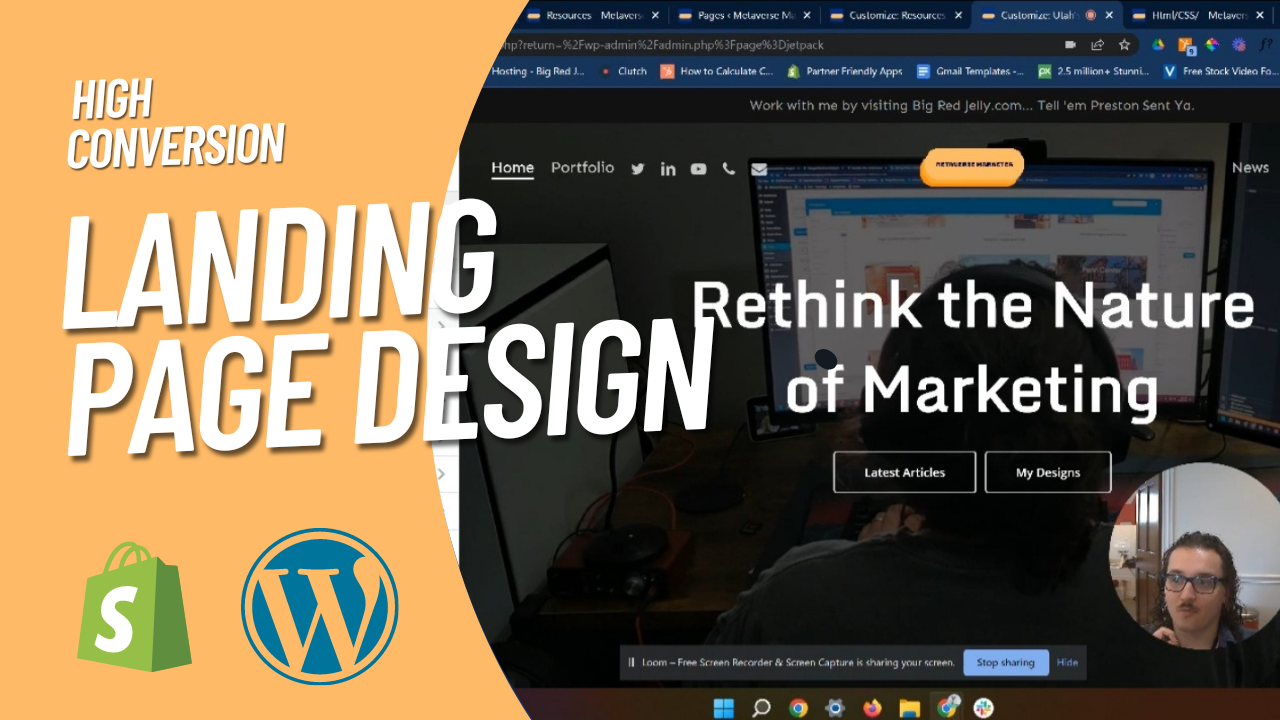Some links on this post may link to affiliate pages that offer compensation to the author of this post.
Have you ever wondered how brands like Nike, Amazon and Apple make such compelling websites? Is there a secret you can adopt on your own website? Luckily, the answer is yes! In today’s blog post, I’ll be sharing the secret of the AIDA marketing model and how to combine what you learn about AIDA to Improve your Content Marketing Strategy.
No matter what you do in your business, you need a way to market it to your audience. Regardless of your business type, the fundamentals of digital marketing are still very very important to building your audience, a userbase, and customers over time. So in todays article, I will be going over the most important web design fundamentals that every small business should understand to optimize their marketing strategy for traffic.

Understand How to Convert Leads on your Website Leads using the AIDA model
AIDA is a marketing acronym that stands for “attention, interest, desire and action”. It was created by E. St. Elmo Lewis in 1898 to help advertisers understand the process of conversion from awareness to purchase.
- Awareness
- Interest
- Desire
- Action
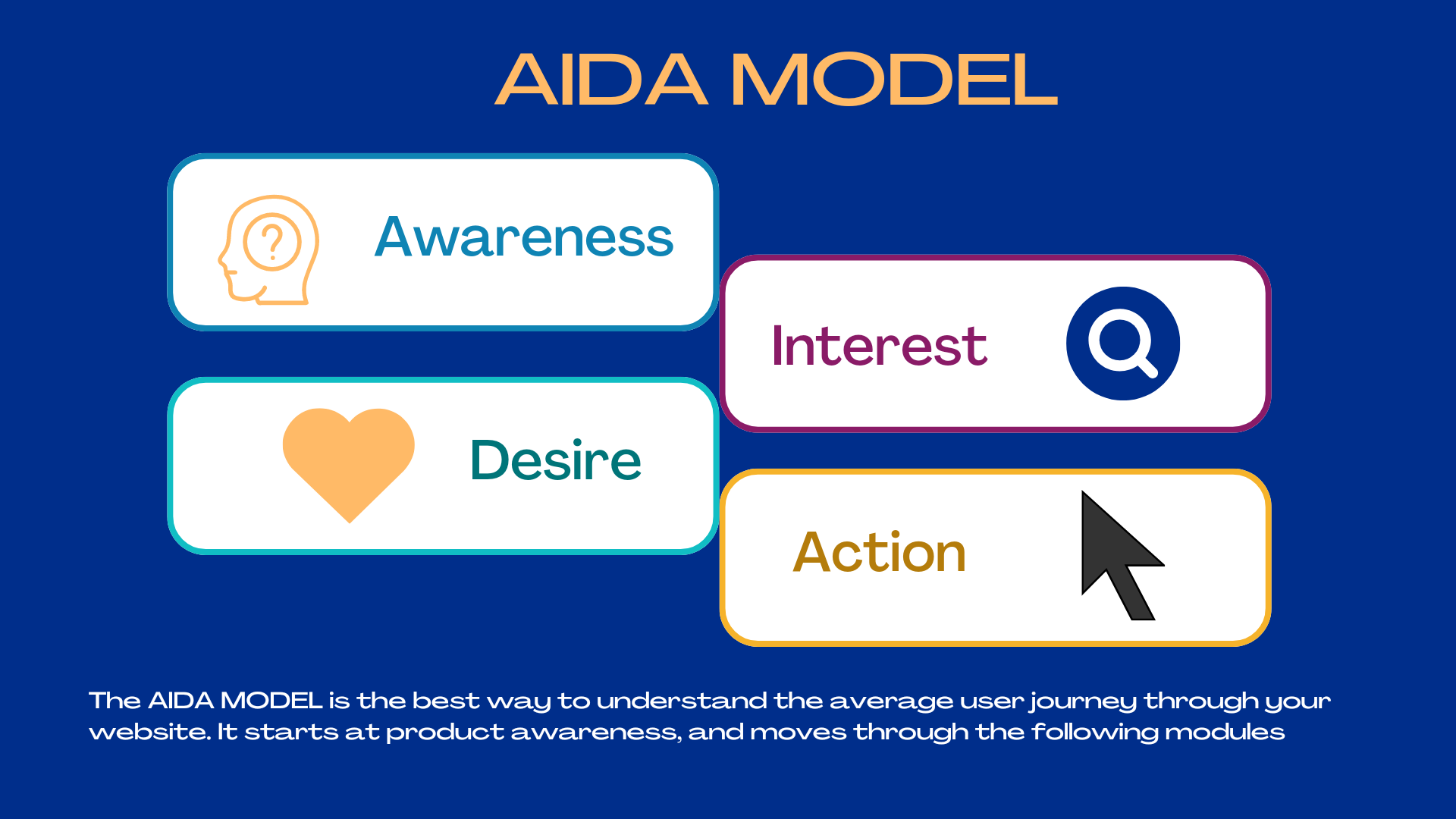
The AIDA model has been used for many years and is still relevant today, as it is one of the most successful models for converting website visitors into customers.
The AIDA model is great because it follows our natural psychological pathways to understanding how a problem gets solved.
Let’s walk through the three parts of the AIDA MODEL together:
- First, we become aware of a problem, which generates interest in solving the problem.
- Once we are informed more about the solutions or issues at our disposal, the interest can grow and be nurtured into desire.
- Desire to action is the hardest principle to execute but the easiest to understand.
In the end, if you have a desire to fix a problem, a good call to action will help you take action to solve that problem.

How to Grow Different Types of Website Traffic With Web Design
In most cases, a website wants to generate as much traffic as possible. Greater traffic to your website means better awareness and a bigger pool of potential users/customers.
But did you know there are different types of traffic?
More importantly, did you know that you might be losing sales or leads if you don’t treat each form of traffic appropriately? In this section, I’ll break down the different traffic types and how you can use the AIDA model to properly nurture each traffic type.

How Does Direct Traffic Fit Into the AIDA Model?
Direct traffic refers to traffic that takes a person directly to your website from advertising activities, habits (existing users that know your website by heart), etc. This could also bookmark that people click on, not always someone who types the link in directly.
The biggest advantage of direct traffic visitors is they are usually already aware of the business and are already in the interest stage of the AIDA marketing model.
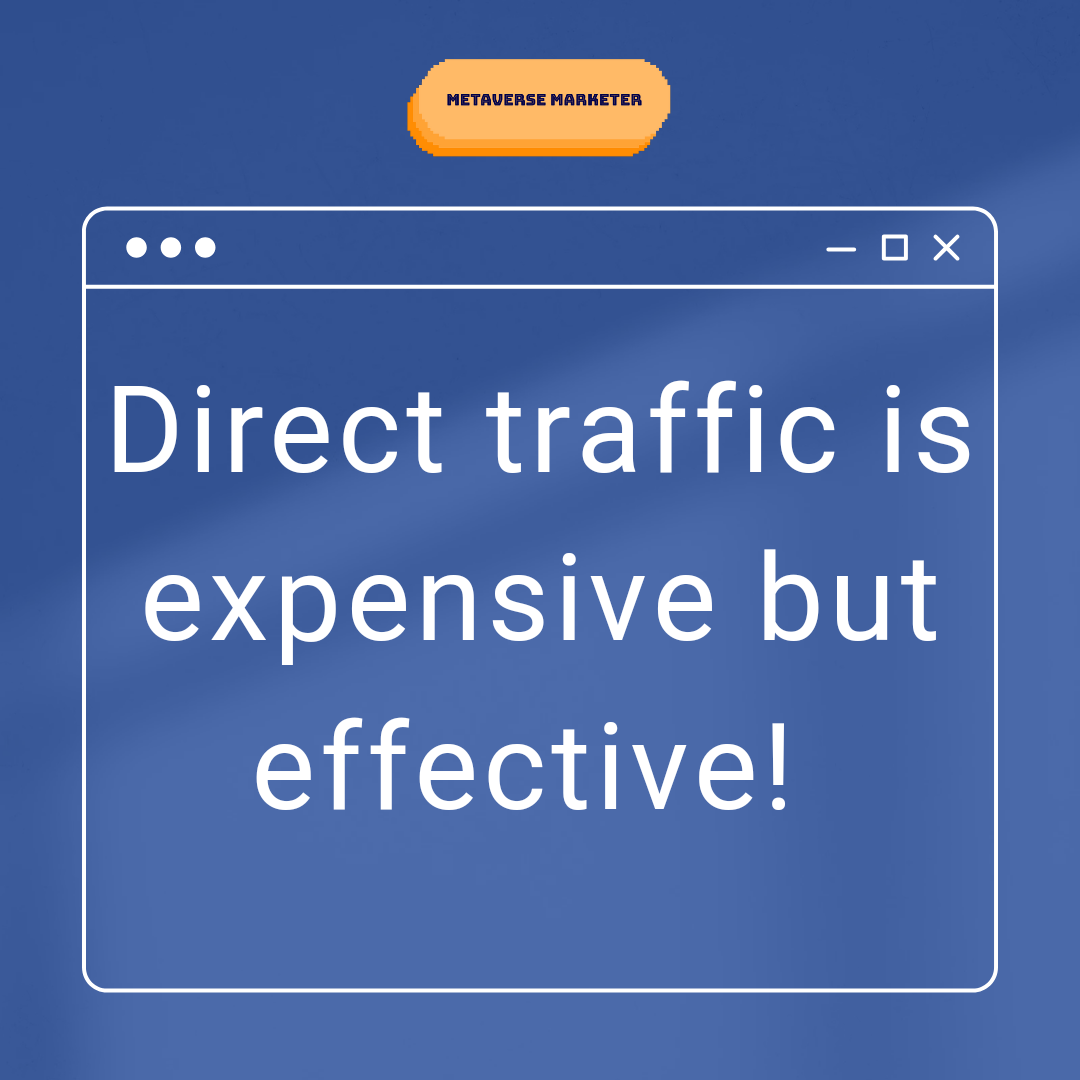
As a result, they are generally more interested in taking action and don’t usually need as much priming to get to the desired stage.
Direct traffic is the most expensive and user behavior is slowly moving away from manually typing in the domain name so let’s take a look at the most popular traffic type.
What is Referral Traffic in Marketing?
There are two different categories of referral traffic. Paid and Unpaid.
Paid traffic is easy to recognize as the internet is full of referral traffic ads. But in short, any visit that requires paid advertising to land on your site is considered a paid traffic lead. This might be Google ads, social media ads, or even print ads depending on your business model.
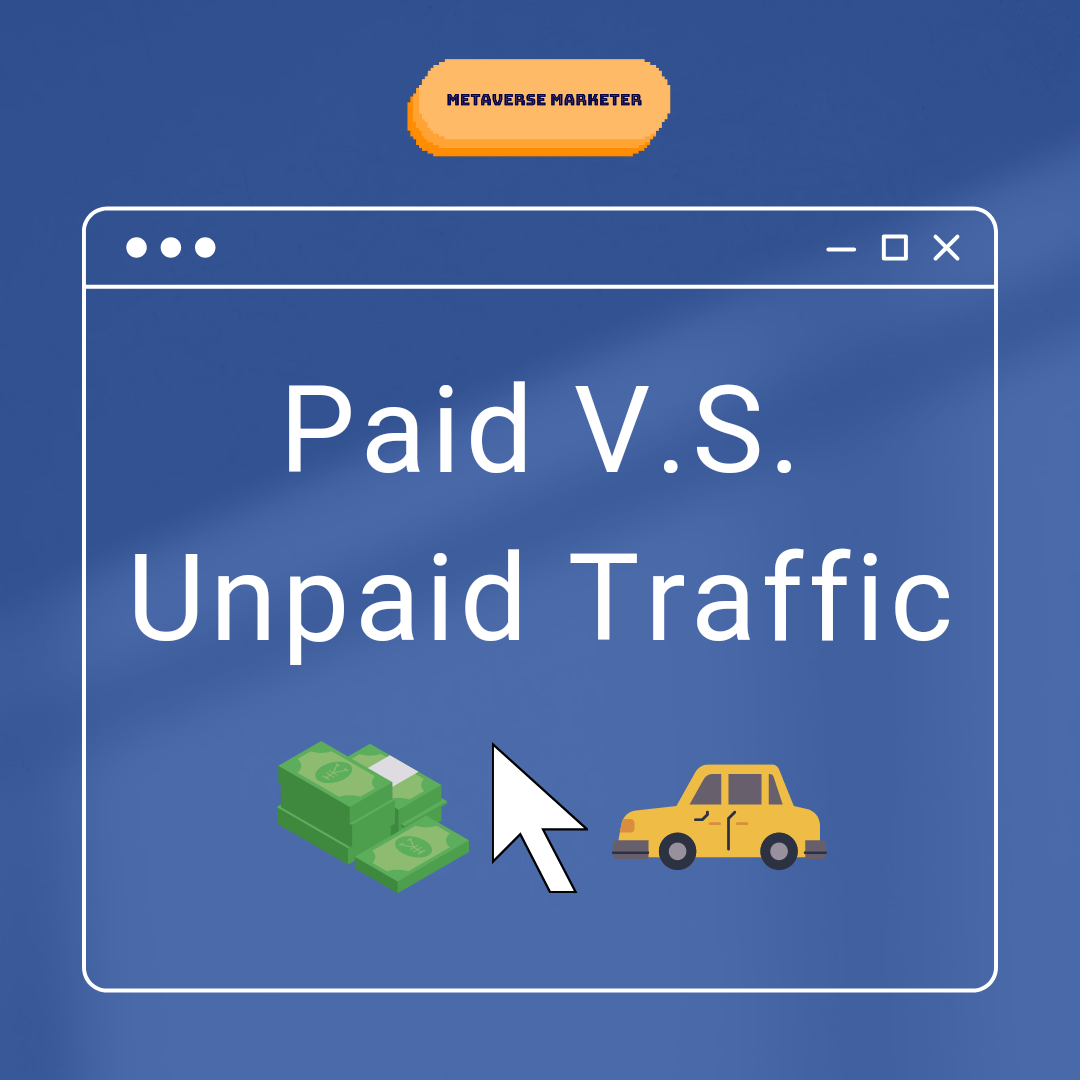
Unpaid traffic referrals come from links that you do not pay for. For example, if you have a referral link in a social post that generates clicks without you paying for the ad to be viewed, you have just created referral traffic that costs you nothing but the time to create the content.
How Does AIDA Account for Search Traffic?
Search traffic can also be recognized as both paid and unpaid sources. Unpaid search traffic is the goal SEO agencies hope to achieve over the course of years and antagonizing efforts of paying for search results. SERPs or search engine results pages are the pages users often look for answers to queries and showing up on these pages can qualify as unpaid traffic. You can also pay to be listed on these pages which eliminates the long work of trying to become a recommended source by browsers for some search questions but is also much more costly.
AIDA: Awareness! Regenerate Interest with Email Traffic Marketing
Email traffic is pretty self-explanatory. Those who have signed up to receive your notifications via email (generally through a blog or newsletter campaign), will receive emails about your brand’s updates and news.
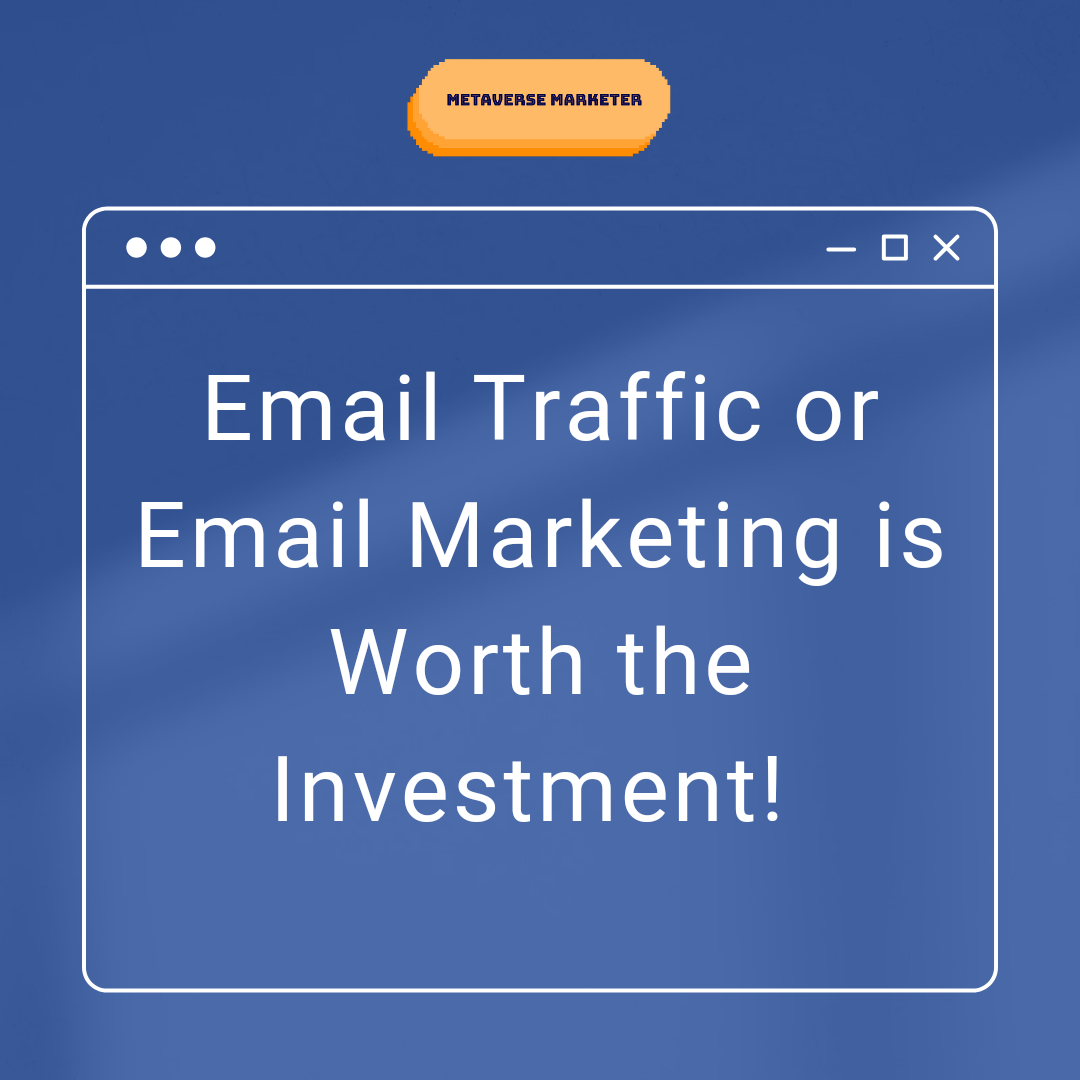
The amount of traffic you generate from these emails is highly dependent on the size of your email list, and the proportion of the recipients who actually open the email read through it and click on the link you provided.
Conclusion:
The target action you wish your visitors to take is called a Conversion. In eCommerce, this refers to when someone makes a purchase on your website. Depending on your website, this might not be very easy to define but if you don’t have a good target action, it doesn’t matter where your users are coming from. If you liked this article, consider reading some of my other Marketing Class articles to get a better understanding of your digital marketing for free.
Thanks for reading to the end of this post. If you find the information I provide to be helpful, please consider subscribing.
Disclaimer: None of the information presented on this site constitutes legal, business, tax, or medical advice. In each scenario, it’s recommended to first chat with a medical, legal, business, or tax professional before making any decisions.

